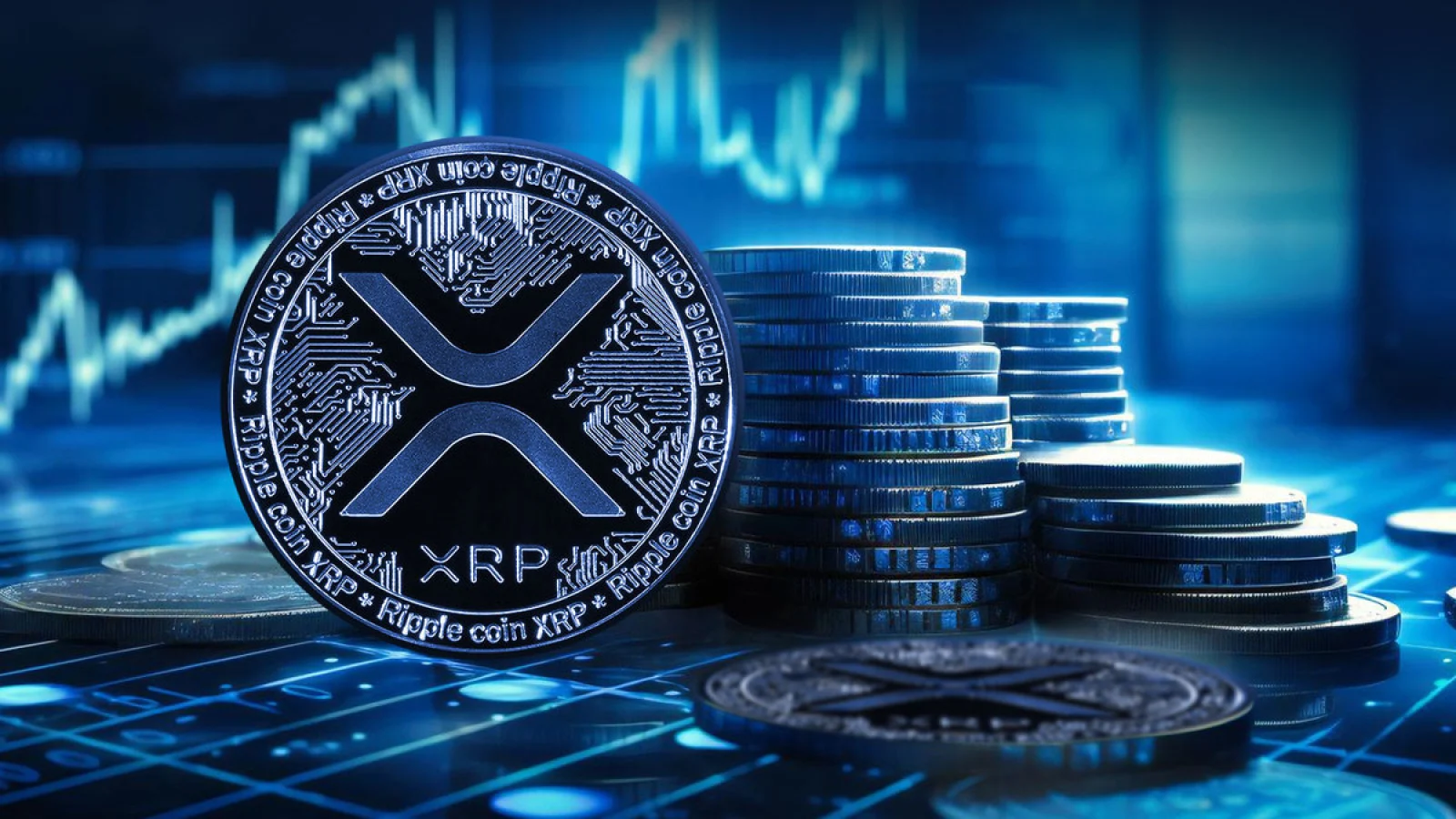Navigating the cryptocurrency market can feel like charting uncharted waters, especially when dealing with a digital asset as prominent as Ripple (XRP). So, how to buy Ripple safely and efficiently? It’s a question many investors grapple with. This guide delves into the intricacies of purchasing XRP, providing a practical, step-by-step approach that prioritizes security and informed decision-making. Let’s dive in.
Choosing the Right Cryptocurrency Exchange: Your First Step in Learning How to Buy Ripple
Selecting a reputable exchange is paramount when learning how to buy Ripple. A poor choice can lead to security vulnerabilities, high fees, or even outright scams. Several factors should guide your decision.
Security and Reputation:
Look for exchanges with robust security measures, including two-factor authentication (2FA), cold storage for a significant portion of their assets, and a proven track record. Read reviews and check for any history of security breaches or regulatory issues. In my experience, sticking to well-established, regulated platforms minimizes risk.
Fees and Transaction Limits:
Compare trading fees, deposit fees, and withdrawal fees across different exchanges. Transaction limits also vary widely, so choose an exchange that aligns with your intended investment amount. Hidden fees are a common pitfall, so scrutinize the fee structure carefully.
User Interface and Functionality:
A user-friendly interface is crucial, especially for beginners. Consider the ease of navigation, the availability of educational resources, and the overall functionality of the platform. A poorly designed exchange can add unnecessary complexity to the process of how to buy Ripple.
Understanding Ripple (XRP): More Than Just a Cryptocurrency
Before you learn how to buy Ripple, understanding its underlying technology and purpose is crucial. Ripple is more than just a cryptocurrency; it’s a payment protocol designed to facilitate fast, low-cost international transactions. It operates on a distributed ledger, offering transparency and security.
Ripple’s Ecosystem:
Familiarize yourself with the Ripple ecosystem, which includes RippleNet, a network used by financial institutions for cross-border payments. This context provides a deeper understanding of XRP’s potential and value proposition. It’s interesting to note that many see XRP as having a different use case compared to more traditional cryptocurrencies like Bitcoin.
Market Volatility and Risk:
Cryptocurrency markets are inherently volatile. Understanding the risks associated with investing in XRP is essential. Never invest more than you can afford to lose, and consider diversifying your portfolio to mitigate potential losses.
A Step-by-Step Guide on How to Buy Ripple
Now, let’s address the practical aspects of how to buy Ripple. The steps involved can vary slightly depending on the chosen exchange, but the general process remains consistent.
1. Sign Up and Verify Your Account:
Create an account on your chosen exchange, providing the necessary personal information. Verification usually involves providing identification documents to comply with Know Your Customer (KYC) and Anti-Money Laundering (AML) regulations.
2. Fund Your Account:
Deposit funds into your exchange account using a preferred method, such as a bank transfer or a credit/debit card. Keep in mind that fees and processing times vary by method.
3. Place Your Order:
Once your account is funded, navigate to the XRP trading pair (usually XRP/USD or XRP/BTC). Enter the desired amount of XRP you wish to buy and execute the order.
4. Secure Your XRP:
Once purchased, consider transferring your XRP to a secure hardware wallet or a software wallet for added protection. Keeping your XRP on an exchange exposes it to potential security breaches.
Beyond the Basics: Advanced Strategies for How to Buy Ripple
Mastering how to buy Ripple involves more than just the basic steps. Consider these advanced strategies for optimizing your investment.
Dollar-Cost Averaging (DCA):
Instead of investing a lump sum, DCA involves investing smaller amounts of money at regular intervals, regardless of price fluctuations. This strategy can mitigate the risk associated with market volatility.
Limit Orders vs. Market Orders:
Understanding the difference between limit orders (buying at a specific price) and market orders (buying at the current market price) is vital for managing risk and optimizing your returns. One thing to keep in mind is that market orders are generally executed faster but might result in a less favorable price.
Portfolio Diversification:
Diversifying your cryptocurrency holdings is crucial for risk management. Don’t put all your eggs in one basket. Spread your investment across different cryptocurrencies to minimize potential losses.
Staying Informed:
Keep abreast of market trends, news, and regulatory developments impacting Ripple. Consistent monitoring and research are essential for informed decision-making.
Final Thoughts
Learning how to buy Ripple is a journey, not a destination. It demands careful research, a cautious approach, and a commitment to continuous learning. By prioritizing security, understanding the underlying technology, and employing sound investment strategies, you can navigate the complexities of the cryptocurrency market and potentially maximize your returns. So, take your time, do your research, and embrace the opportunity presented by Ripple’s unique position in the financial technology landscape.
